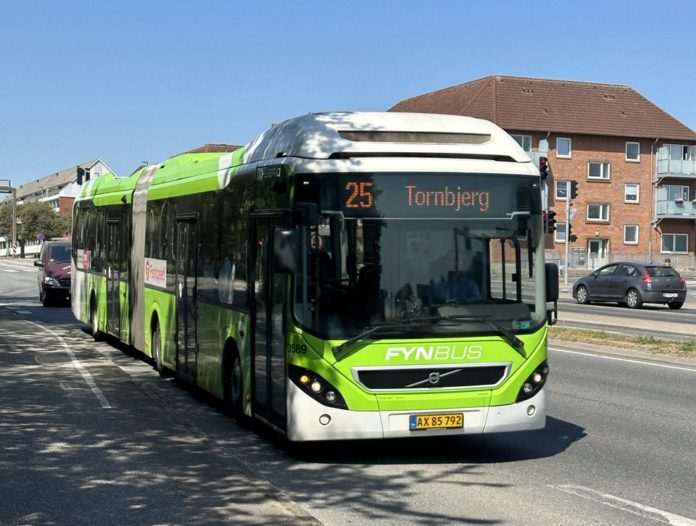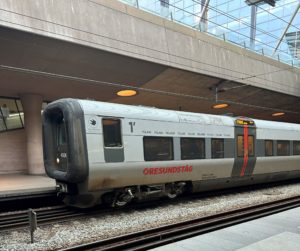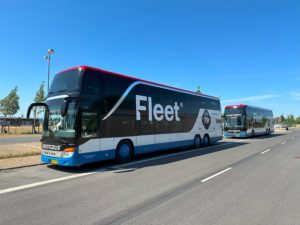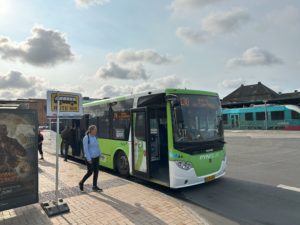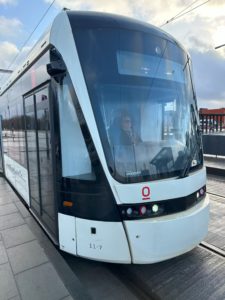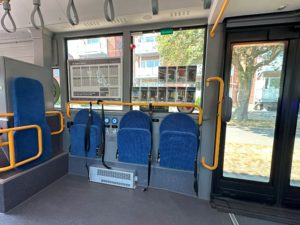In any society, transportation is crucial to carrying out daily activities. We travel to school, work, shop, eat and socialize, just to name a few.
As my partner university, the University of Southern Denmark was in Odense, a city outside the capital: Copenhagen, transportation quickly became my main worry before coming to Denmark.
INTERCITY TRAVEL
To travel between cities in Denmark, I had the choice of either the bus or the train. Interestingly, the journey takes approximately 90 minutes between Copenhagen and Odense, regardless of the mode of transport. Tickets can be purchased online or through a mobile application and one-way travel prices averaged at S$20, subjected to fluctuations from demand and supply. If you carry multiple pieces of luggage, I recommend taking the train as you can avoid the additional stowage fees for buses.

|
|
|
On a side note, I also recommend reserving assigned seats on the train if your luggage(s) are with you. Not having an assigned seat requires you to give up your seats to those who do, meaning you could be hopping between seats while the train makes multiple stops, creating an inconvenience to yourself and other passengers.
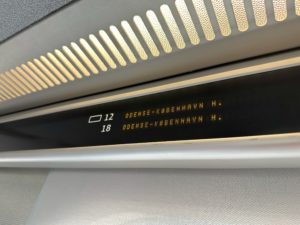
INTRACITY TRAVEL
CYCLING
Within cities, the bicycle is a popular method of getting around due to Denmark’s robust cycling culture and infrastructure. You may choose to purchase one second-hand or rent one for a monthly fee. I opted to rent a bicycle at Swapfiets for a monthly cost of less than S$40, which also comes with free servicing. Transactions are done via a mobile application.
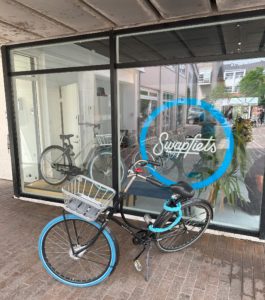
This might be physically demanding for inexperienced cyclists, and you would have to endure any terrible weather conditions (usually rain) that occur during your journey.
PUBLIC TRANSPORTATION
If you value comfort, public transportation is also available. In Odense, there are multiple bus routes and a single tram line running in the city. Fares are paid through either a mobile application, or a commuter card called the Rejsekort (‘Travel Card’). The most economical ticket is the S$2 youth commuter pass that is valid for 75 minutes on the tram and bus routes within the city.
|
|
|
Do keep in mind that there are different public transport operators across the regions of Denmark. Thus, depending on the region you are in, you require the corresponding mobile applications to purchase tickets and use the public transport in other cities.
The tram in Odense arrives every 7 minutes for peak hours and 14 minutes during non-peak hours until 2 in the morning. However, buses only arrive at fixed hourly timings and services often cease early evening. Furthermore, bus stops are typically sparsely located from each other.
BEST OF BOTH WORLDS
My suggestion is to use the bicycle and public transport concurrently. The trams, tram stations and buses in Odense feature parking spaces for bicycles, allowing you to make easier last mile commutes. In my experience, I cycled for shorter trips such as to a supermarket and took public transport for longer commutes such as to the university campus.
|
|
|




















